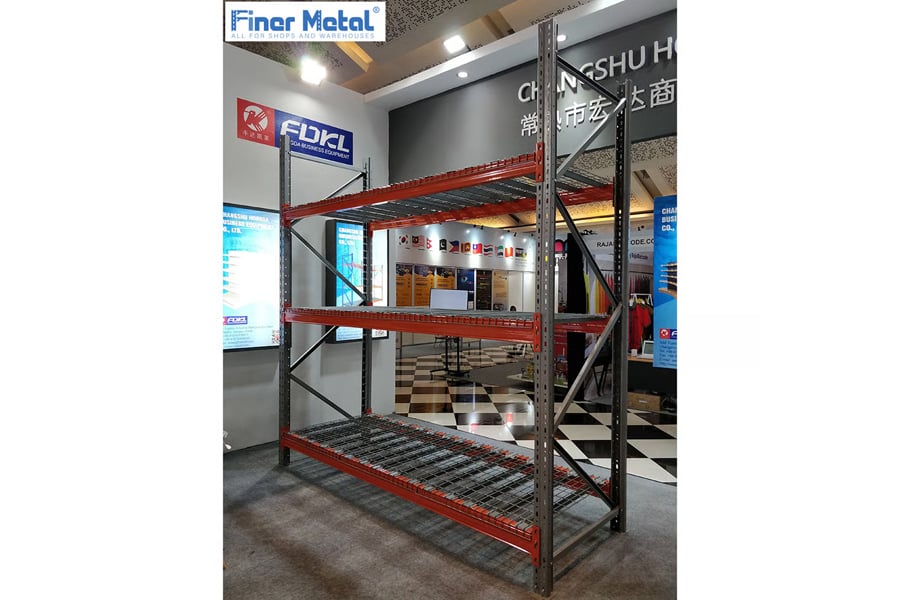The Importance of Material Thickness in Light Duty Racks
When it comes to light duty rack systems, the material thickness of the components is a crucial factor to consider. The thickness standards of the materials used in the construction of these racks can directly impact their durability, load-bearing capacity, and overall performance.
Steel Material Thickness Standards for Light Duty Racks
Steel is one of the most commonly used materials in the manufacturing of light duty racks. The material thickness of steel components such as beams, uprights, and shelves plays a significant role in determining the strength and stability of the rack system. It is important to adhere to industry standards for steel material thickness to ensure the safety and reliability of the racks.
Aluminum Material Thickness Standards for Light Duty Racks
Aluminum is another popular choice for light duty rack construction due to its lightweight and corrosion-resistant properties. The material thickness of aluminum components should also meet specific standards to guarantee the structural integrity of the racks. Manufacturers must carefully select the appropriate thickness of aluminum for different parts of the rack system.
Wood Material Thickness Standards for Light Duty Racks
Wood is often used for shelves and decking in light duty rack systems. The material thickness of the wood boards is essential for ensuring they can support the intended load capacity. Wood material thickness standards must be followed to prevent sagging, warping, or other structural issues that could compromise the safety of the racks.
Plastic Material Thickness Standards for Light Duty Racks
Plastic components are commonly used in light duty racks for their versatility and cost-effectiveness. The material thickness of plastic shelves, bins, and dividers should meet specific standards to withstand the weight of stored items and provide adequate support. Adhering to material thickness standards is crucial for the longevity of plastic rack components.
Factors Influencing Material Thickness Standards in Light Duty Racks
Several factors can influence the selection of material thickness standards for light duty racks, including the intended use of the racks, the expected load capacity, and the environmental conditions in which the racks will be installed. Manufacturers must consider these factors carefully to determine the most suitable material thickness for each component.
Industry Regulations and Guidelines for Material Thickness Standards
Industry associations and regulatory bodies often establish guidelines and regulations regarding material thickness standards for various types of rack systems, including light duty racks. It is essential for manufacturers and users to stay informed about these standards to ensure compliance and safety.
Testing and Certification of Material Thickness in Light Duty Racks
Testing and certification of material thickness in light duty racks are critical steps in verifying the quality and performance of the rack system. Manufacturers may conduct various tests to assess the strength, durability, and load-bearing capacity of the components to meet industry standards and regulations.
Benefits of Adhering to Material Thickness Standards in Light Duty Racks
By following material thickness standards for light duty racks, manufacturers can enhance the structural integrity, stability, and safety of the rack systems. Adhering to these standards also helps prevent premature wear and damage, ensuring long-term performance and reliability.
Conclusion
In conclusion, material thickness standards play a vital role in the design, construction, and performance of light duty rack systems. Manufacturers and users must prioritize the selection of appropriate material thickness for steel, aluminum, wood, and plastic components to ensure the durability and safety of the racks.
Quote Inquiry
contact us

